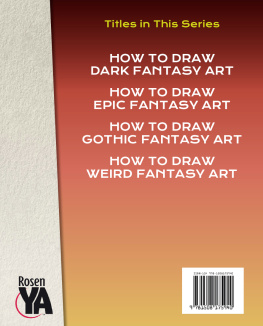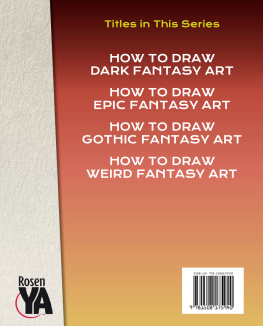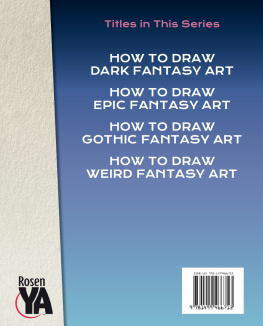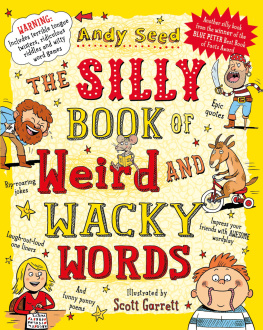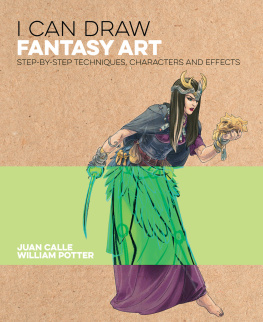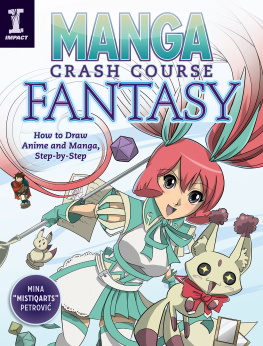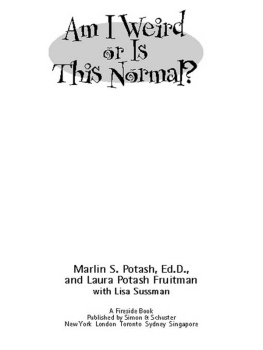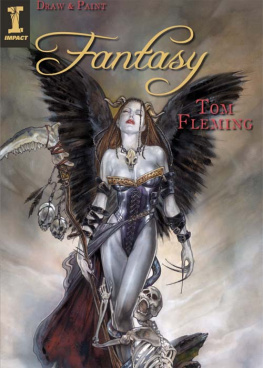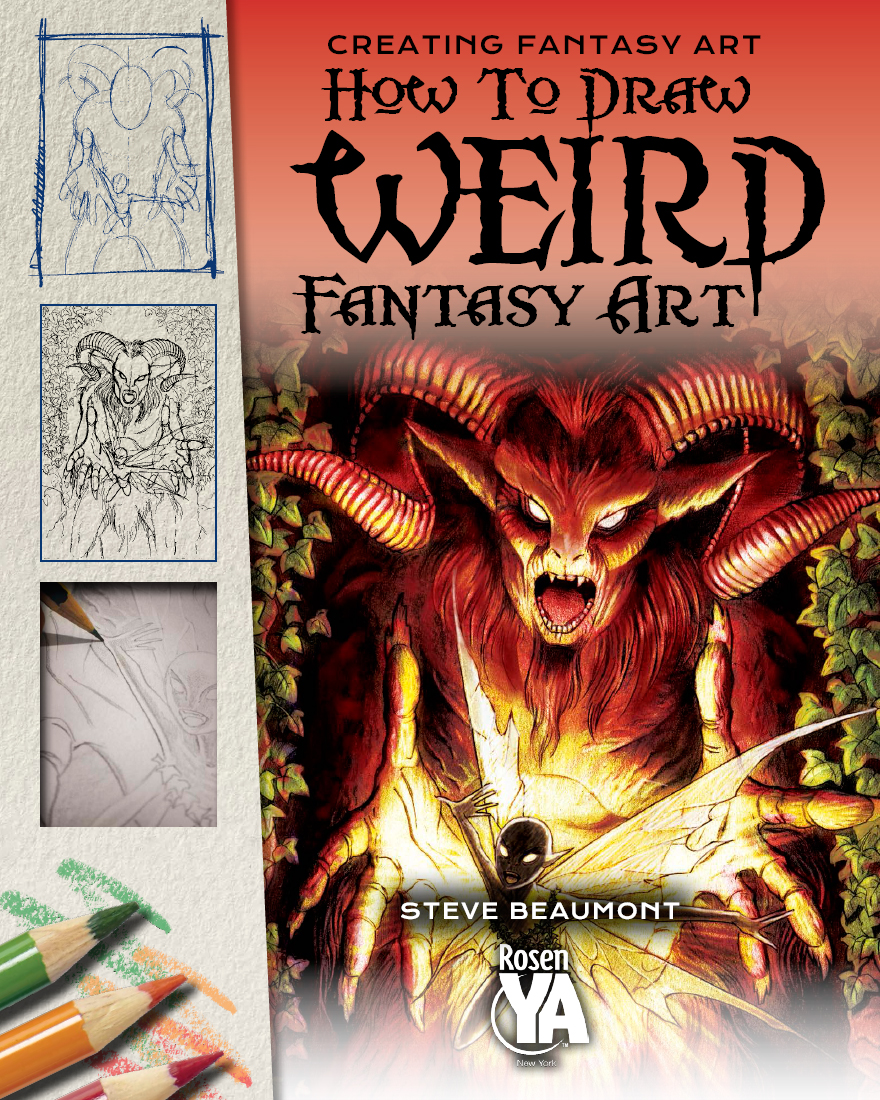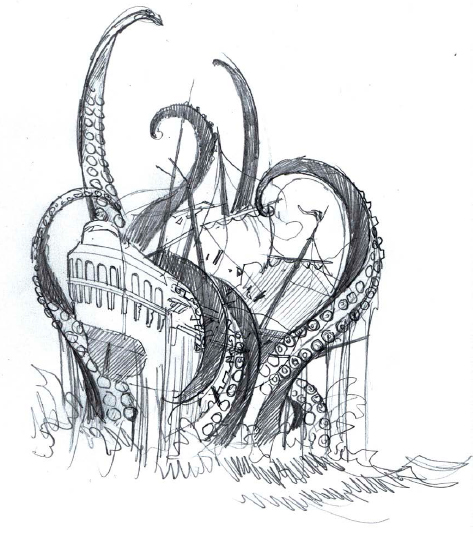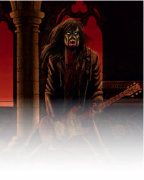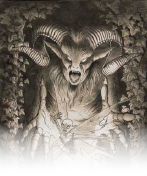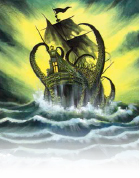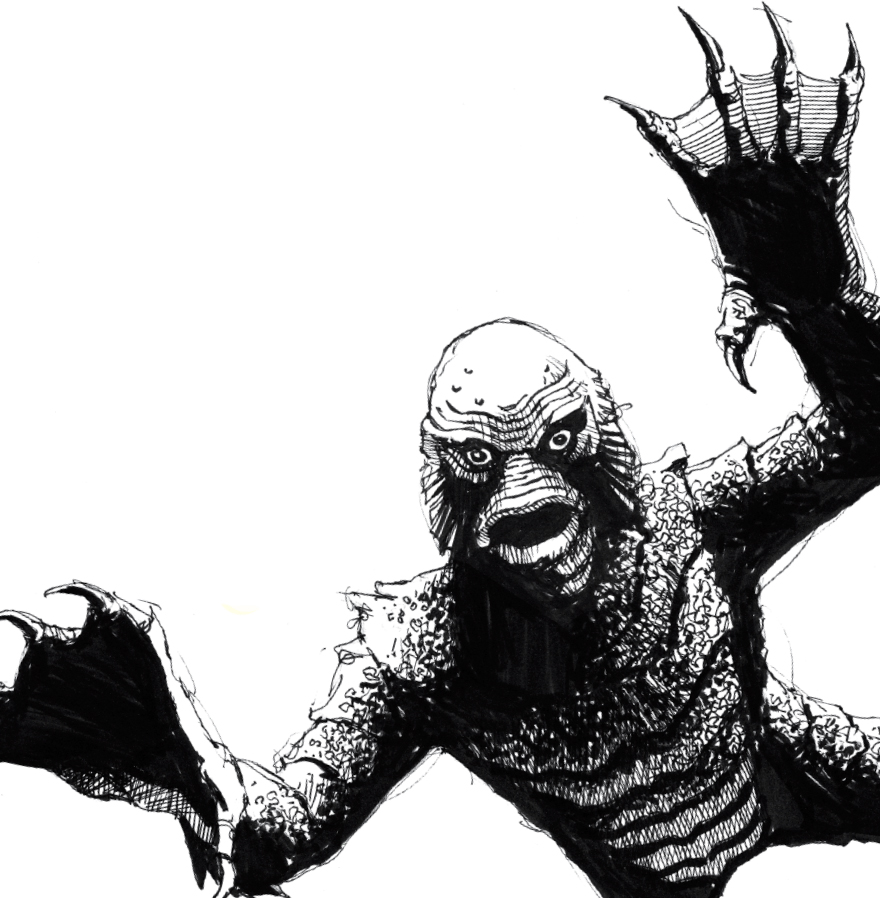Published in 2018 by
The Rosen Publishing Group, Inc.
29 East 21st Street
New York, NY 10010
All rights reserved. No part of this book may be reproduced in any form without permission in writing from the publisher, except by a reviewer.
Library of Congress Cataloging-in-Publication Data
Names: Beaumont, Steve, author.
Title: How to draw weird fantasy art / Steve Beaumont.
Description: New York : Rosen, 2018. | Series: Creating fantasy art | Includes bibliographical references and index. | Audience: 712.
Identifiers: LCCN 2017005746| ISBN 9781508175957 (pbk.) | ISBN 9781508175940 (library bound) | ISBN 9781508175919 (6 pack)
Subjects: LCSH: Fantasy in artJuvenile literature. | DrawingTechniqueJuvenile literature.
Classification: LCC NC825.F25 B4325 2018 | DDC 700/.415dc23
LC record available at https://lccn.loc.gov/2017005746
Manufactured in the United States of America
Copyright 2014 Arcturus Holdings Ltd., 2018
All illustrations are original. Credits for additional images: Shutterstock: 19, 20, 28
CONTENTS
INTRODUCTION
FIGURE DRAWING
ROCK N ROLL VAMPIRE
THE ENCHANTED
KRAKEN
SKETCHBOOK
GLOSSARY & FURTHER INFORMATION
INDEX
INTRODUCTION
W hat is it about fantasy art that so many find appealing? Is it that it covers so many different genres, from horror and science fiction to swashbuckling, swords and sorcery? Is it that it offers the opportunity to engage with extraordinary characters and creatures in extraordinary worlds? Is it because there are no barriers and that anything is possible? The answer is that it is all of these things, and every individual enjoys different aspects of the genre. In this book we will explore a small collection of some of those characters and the worlds they inhabit and in the process create some exciting fantasy art.
I have had a life-long love affair with comics, books and films dealing with themes of fantasy. As a child, I enjoyed nothing more than reading DC Comics Batman series drawn by Dick Sprang, the first artist to inspire me to produce a piece of fantasy art. Later, motivation was provided by Jack Kirby and Frank Frazettas art. In my teenage years, Frazettas work opened up all kinds of possibilities for fantasy drawings, based upon and inspired by my favorite tv shows and films, including Doctor Who, The Outer Limits, The Twilight Zone, Frankenstein and Creature from the Black Lagoon.
I have been professionally providing illustration, concept art, storyboards and (occasionally) comic-book art for the past 20 years or so. I have had no professional tutoring: everything I have learned has been self-taught, proving that anyone, with practice, can produce fantastic and fantastical art. What I will be passing on to you within the pages of this book are some of the techniques and approaches I have developed, either by accident or by watching other artists at work, over my professional career.
I also teach a how to draw fantasy art class and this book incorporates some of the themes and tutorials used there. It is a companion book, if you like. During the years the class has been running, I have successfully enabled a number of students to compile a portfolio of work, which they showed to talent scouts at comic conventions and eventually led to them getting commissions from Marvel Comics. What I will be showing you in the following pages are easy-to-follow steps that will guide you through the process of producing a piece of fantasy art. I have not gone into every minute detail and this is because, as I keep telling my students, I do not want to encourage you to copy my style and exactly how I draw as if it were the only way, as we all have to find our own path forward.
This book is not aimed at the professional or semi-professional artist, it is more for those (the amateur, if you like) who enjoy drawing and are fans of fantasy art and are looking for some tips and ideas that will enable them to take their drawings skills a stage further. I thought it would also be helpful to document any changes I thought of as I went along. Unlike drawings I produce for a client, which are meticulously planned and go through various stages of development, I have approached these artworks as I would any drawing I am producing just for myself complete with mistakes, experiments and last-minute revisions. I have included these thoughts and alterations in the hope that they will encourage you constantly to seek to improve your work. Remember, its vital not to worry too much about making mistakes instead, keep the drawings you are not happy with to remind you what not to do next time.
When I was having fun drawing as a child, I mostly drew from comic books and from what I had seen on tv or at the movies. Basically, I drew what pleased me and what I was interested in, and this is true of most fantasy artists. For instance, Frank Frazetta is a sports fan and, from what I have read, something of an athlete, and this is evident in his work. Adi Granov has a love of automobiles, aircraft and machinery and these are strong features in his drawings. Claire Wendling clearly has a love, understanding and passion for wildlife and nature. They draw what they are passionate about and this makes them better artists, in my opinion.
Personally, I love horror and sci-fi movies and comics and 70 percent of my daily work is related to these themes. I enjoy working with this subject matter and I hope you find drawing it as fun and exciting as I do and that it will encourage you to become a better artist.
Have fun!
Steve Beaumont
The prehistoric beast in Creature from the Black Lagoon, 1954
FIGURE DRAWING
Figure drawing can be a huge stumbling block for many beginners and even for some people who have been drawing for a while. When it comes to drawing dragons or other beasts there often appears to be no problem at all, but when a well-balanced figure drawing is required, issues can arise. In the next pages I offer some of the approaches to figure drawing that have helped my students gain more confidence. This section is intended to give a basic overview of the techniques so that they can be applied assuredly to imaginative drawings.

